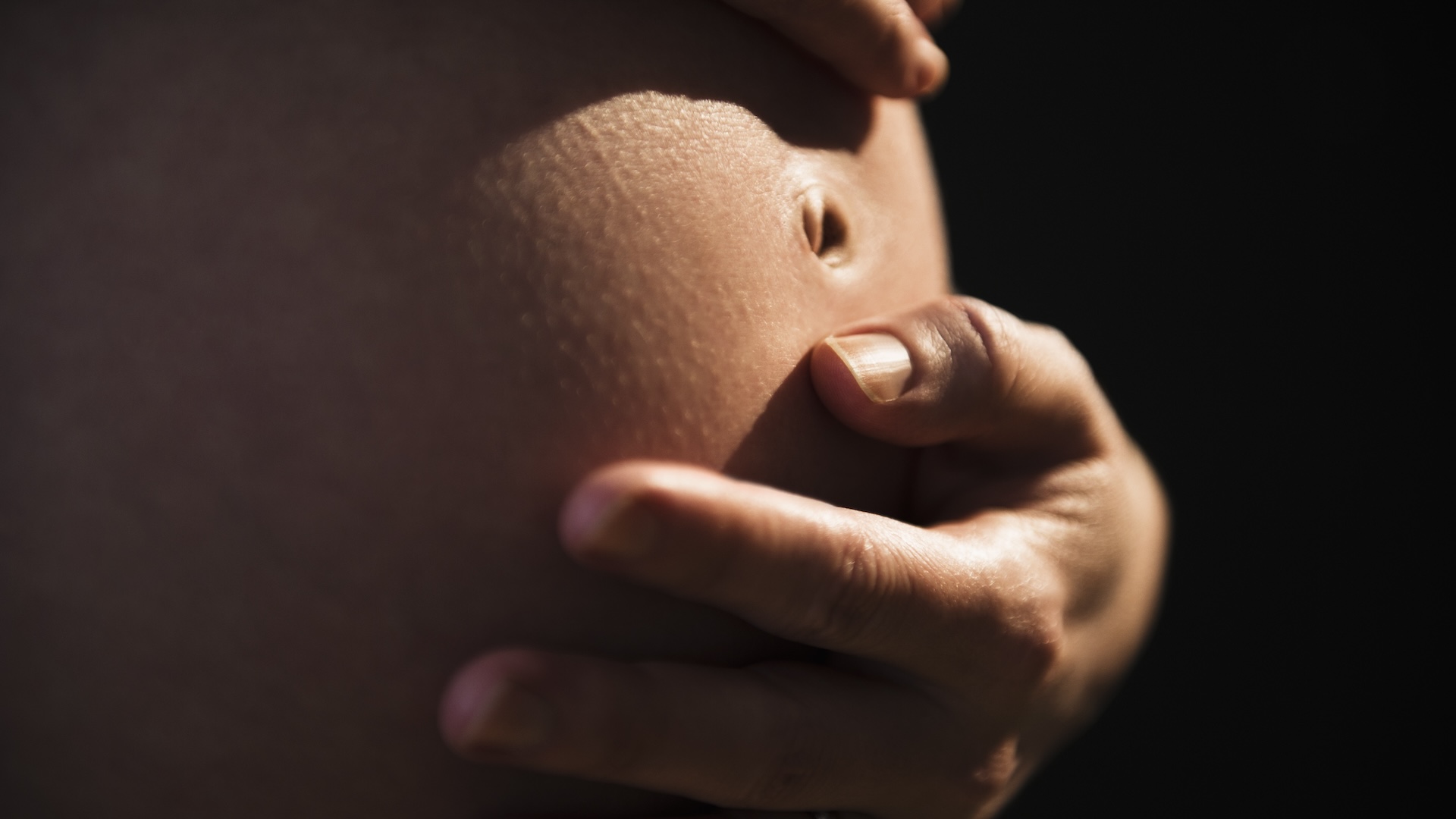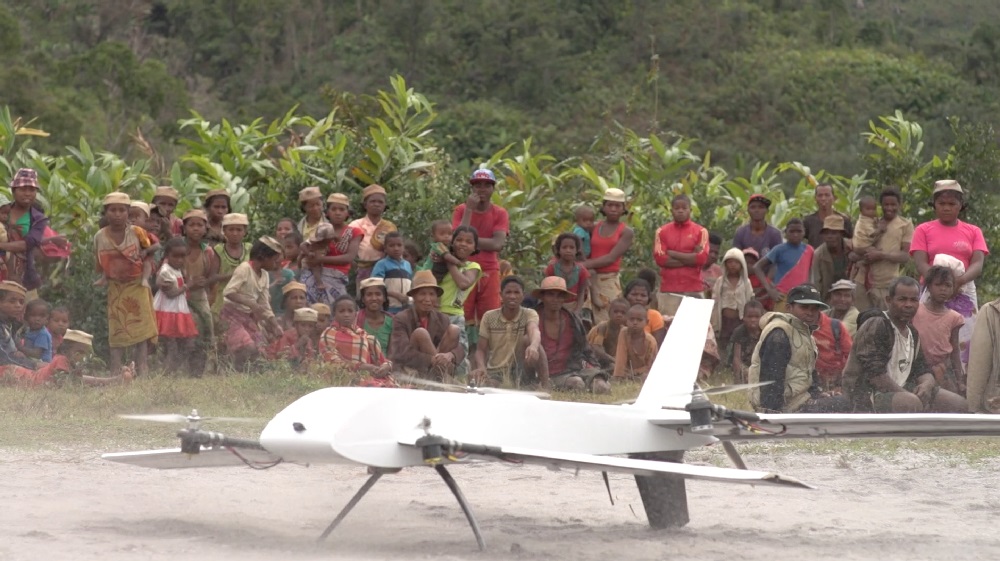When you purchase through links on our site , we may pull in an affiliate mission . Here ’s how it work .
A womanhood ’s body that was recently donated to a medical shoal in Oregon supply an anatomy object lesson that was much strange than instructors wait .
When students at the Oregon Health and Science University ( OHSU ) in Portland dissect the cadaver of the 99 - year - former cleaning woman , they found that her liver and abdominal organs were transposed — as if flip out across a erect axis — though her heart was oriented ordinarily , on the leftover side , OHSU representatives say in a statement .

The donated body of deceased Rose Marie Bentley recently led medical students to a startling discovery.
This is known as " situs inversus with levocardia , " and it affects about 1 in 22,000 birth , allot to OHSU . But unlike most who have this rare condition , the adult female experienced no ill effects during her life — in fact , she was whole unaware that some of her variety meat were n’t where they were supposed to be , her family told OHSU . [ 27 Oddest Medical Cases ]
The donated remains belonged to Rose Marie Bentley , who died in October 2017 . Her strange case was present today ( April 8) in a poster at the 2019 American Association of Anatomists Annual Meeting at Experimental Biology , in Orlando , Florida .
The instructors had never seen this type of organ inversion in an anatomy lab before , " and it ’s so rare , I ’m not certain I ’ll ever see another one , " co - author Cameron Walker , an assistant prof of human body in the OHSU Anatomical Services Center , told Live Science .

The donor’s liver was oriented centrally, with an enlarged left lobe; her stomach, spleen and pancreas were located on the right.
“Transposed from right to left”
Bentley ’s organic structure arrived at OHSU in the outflow of 2018 , bound for an anatomy course of study , according to Walker .
When the students working on Bentley ’s body opened up her chest pit , " they observe blood vessels around the heart that were unlike in orientation course , " Walker enounce . He and his co-worker checked the nitty-gritty , but it did n’t seem to have any defects .
" The real Age of Reason came when we got to the abdominal cavity , " Walker said . " When that was opened , we could see that her Hammond organ had been transpose . " The liver , instead of being on the body ’s right side , was situated along the midline , with a larger odd lobe . The belly andthe spleen , typically on the left , were on the right .

Information provide by the donor and her family suggested that Bentley experienced " full-bodied wellness " well into her XC , according to the authors . Over the class , she had undergo several operating room : doctors remove her appendix , hergallbladderand her womb . Indeed , the surgeon who performed the appendicectomy assure her at the clock time that the organ was on her left side , instead of on the rightfield .
But the other two surgeons did not remark any anomaly in Bentley ’s soma , and her house tell that neither she nor any of her relatives suspected that anything was amiss , the researchers said in the presentation .
Aside from the organs ' flipped stead , they " did not appear strange in any agency , and she revel normal function , " the scientist said .

Genetic factorsthat cause situs inversus with levocardia are complex , and it ’s unnamed what precisely take place during foetal development that directs sure organ to grow in a inverse posture , accord to theNational Institutes of Health(NIH ) .
In many type of situs inversus , all of the variety meat — including the center — are transposed , and people typically experience no associated wellness problems , the NIH say . However , if most of the organs are reversed but the heart is not , this can cause a produce fetus to develop mar along the midplane of the heart , " and those make the affectionateness dramatically less efficient and can lead to very early attack of congestive substance failure early on in life , " Walker said .
When that encounter , survival to adulthood is exceptionally rare — about 1 in 50 million , the researchers wrote in their presentation . Yet Bentley lived to be 99 yr honest-to-goodness and had no history of eye bother , making her case even more incredible , the scientist reason out . [ picture : A 3D Printed Heart ]

Atypical anatomy
Anomalies such as Bentley ’s are rare inmedical school cadavers , but it ’s not unheard of for donate bodies to bear anatomical surprises , said Dale Ritter , the lead human anatomy teacher for Alpert Medical School ( AMS ) at Brown University in Rhode Island .
AM receives about 55 donate cadavers each year , " and 1 out of 10 will have some pregnant departure from what is considered typical anatomy , " Ritter secern Live Science .
For example , sure small muscles in the forearm and the lower peg sometimes are n’t there at all , Ritter said . separate patterns in arteriescan also show tremendous variant , which can be puzzling and frustrating for scholar trying to reconcile what they ’ve seen in school text illustrations with what ’s on the table in front of them , according to Ritter .

" We encourage students during the dissection to walk around and search at other table and other donors for just that reason — the anatomy can look completely different , " he explained .
In the remainder , Bentley ’s highly strange organ alignment demonstrate to be an important reminder to OHSU students that every patient is unique , and that medical professionals need to see their patients as individuals , Walker suppose .
" There is n’t a one - size - fit - all pattern where you could always use the same steps and the same treatment to help everyone in precisely the same way , " he added .

Originally publish onLive Science .













